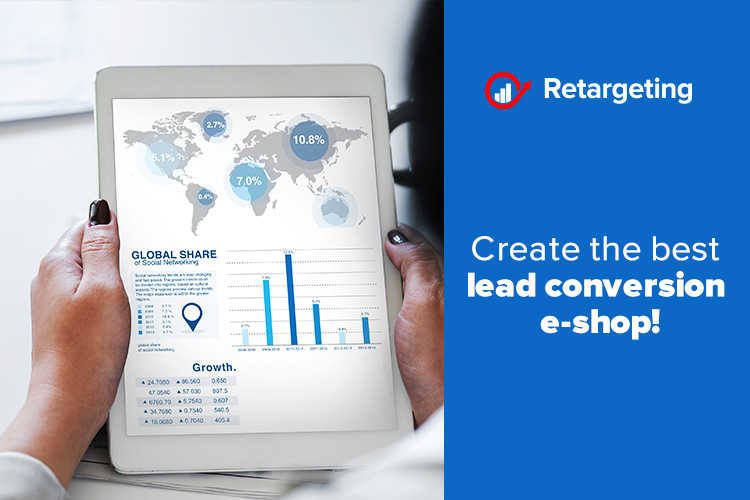Making a website look cool and delivering relevant messaging was everything that used to matter. Nowadays, a seamless experience is a must to make conversions as smooth as possible through UX (user experience) and testing.
“The right message accounts for 80 percent of the return path,” said Andrew Robertson, president, and CEO of BBDO Worldwide. The percentage has been confirmed by both Google North America data and Facebook data. But what does it mean?
Your storytelling is 80 percent of the reason why your lead-gen works or not. Unless your business is already scaling out of control, getting your story right is where you’ll see the biggest gains.
Here are some steps to consider while developing a highly targeted lead-gen website.
Understand your users
Consumer research is going to be the most important thing for your business at this stage. It is very important to create content around your user base needs. The only way to find those needs is by doing research that helps you determine:
– what kind of content to create;
– how to present your message;
– what kind of language to use when writing for your audience;
– how to use imagery that resonates with your users.
All of these will be some of the most important details you can determine from the start. Learn how your audience connects on an emotional level to make them feel the need to buy your product or service.
See
The first step in the consumer journey is seeing entertaining/inspiring content. It gets people looking at your brand, gives them a reason to start to care and takes them to the next step. This type of content is usually more effective when distributed off your website, with links leading them to find out more.
Think
The next type of content is for people who want to learn something. This type of content sets you up as a company that wants to help, and it can be used both on and off your e-shop.
Do
This type of content is meant to inspire action. These people have been convinced of a need and want to make a purchase right now.
See and Think should be prioritized over Do. The Do is merely the result of See and Think. If you push “Do” too hard, you are just a salesman with no creativity, style or grace. When they are on your site, it’s time to entertain your audience and tell your story. So tell it well!
Credibility is essential!
To keep leads coming back to your site, it’s very important to sprinkle elements that support your brand’s credibility consistently throughout the site, like:
– customer reviews from customers, professionals and industry leaders;
– a list of how your products have been featured on any medium that you don’t own;
– an enumeration of the number of people who have used your services;
– images and graphics.
The last one is undervalued but extremely important. Users are drawn to images, and being able to see a product up close, in action. All these will help them decide to purchase something they were on the fence about. Beautiful images are able to connect with users emotionally, in a way that text can’t.
Make it an experience they can’t forget!
Selling is not always the best top goal. The average conversion rate of most websites is three to five percent. That means that 95-97 percent of the people that visit the first time will not purchase or even take any secondary actions like subscribing to your newsletter.
For most brands, you have to decide on an “experience,” like encouraging and inspiring your visitors to identify themselves with the brand first.
Buying is often the last thing on your user’s mind unless they’ve already been to the site at least once. So think about that first-time experience.
Conversion rate optimization
Conversion rate optimization involves a series of micro goals around a big goal. The complexity of optimizing your site will be tenfold if your message and the product-market fit is not rock-solid.
You also need to have statistically relevant levels of traffic flowing to the pages you are testing for CRO to even make sense. Experts suggest that you should be seeing about 1,000 visitors per month before you bother testing.
Things that are important to test for conversion rate optimization include:
– images;
– copy;
– pop-up timing;
– button color;
– CTA copy.
Maybe you thought 10,000 views a month equals success. That’s until a slight tweak brings you a million views! You can generate more leads than you thought possible, but the quality of execution is everything.



Trackbacks/Pingbacks